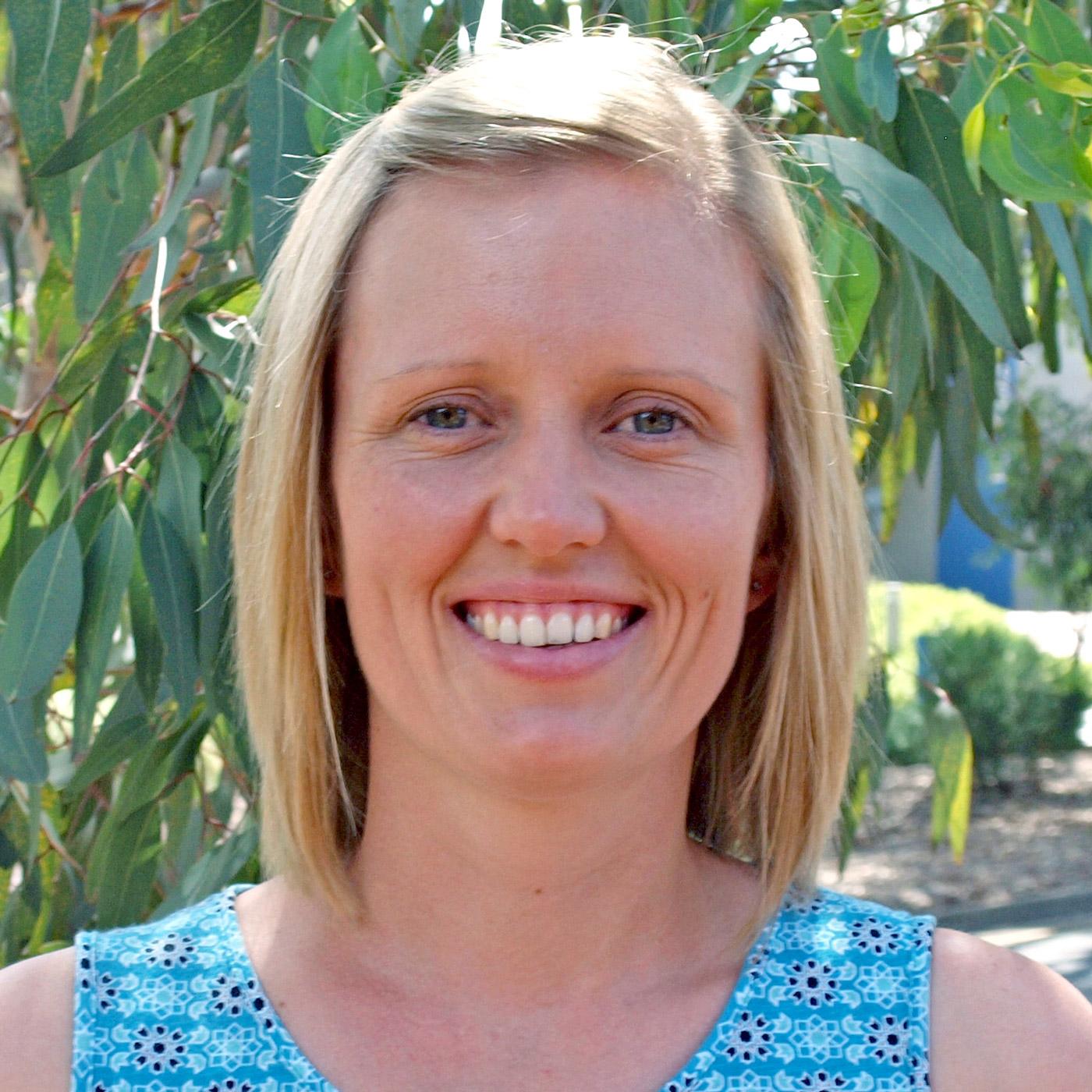How do native plants affect the supply of phosphorus to soils?

Many Australian soils are low in phosphorus (P) and so mineral P fertiliser is widely used in Australian agricultural systems to achieve adequate plant growth and production.
Phosphorus fertilisers are a non-renewable resource, therefore there is a need to decrease fertiliser inputs and find alternative methods to improve crop nutrition.
Australia’s native vegetation has already adapted and evolved ways to cope with low soil P without the need for fertiliser. Native vegetation is more efficient at taking up P from the soil, can survive on lower amounts of P, and can store large amounts of P in their root and stems that can be remobilised throughout the plant when P reserves are low.
Phosphorus exists in several chemical forms in plants. These can be divided into inorganic P and different organic compounds (e.g. RNA, DNA, phospholipids). Yet in native plants we don’t fully know the distribution of these different P compounds or their concentrations.
This research will be of great benefit in understanding why different plant species have different P requirements, how native vegetation cycle/transform/remobilise P and thrive under low soil P condition as well as the impact that senesced native vegetation has on P supply to soils.
This is just one 'featured' honours project with my main area of research focusing on understanding how phosphorus (P) is stored and transformed in soils and plants. I have a particular interest in the role that factors such as temperature, soil water content and soil type – as well as different ecosystems (e.g. agricultural, alpine, coastal) – all play in influencing P cycling. Most projects will require completing some fieldwork.
If you have your own ideas for an honours project, please contact me to discuss further.
Key references:
- McQuillan, M., Smernik, R. J., & Doolette, A. L. (2020). Partitioning of phosphorus between biochemical and storage compounds in leaves follows a consistent pattern across four Australian genera growing in native settings. PLANT AND SOIL, 454 (1-2), 57-75.
Key references:
- McQuillan, M., Smernik, R. J., & Doolette, A. L. (2020). Partitioning of phosphorus between biochemical and storage compounds in leaves follows a consistent pattern across four Australian genera growing in native settings. PLANT AND SOIL, 454 (1-2), 57-75.

Supervisors
- Dr Ashlea Doolette
- Research area: Agriculture, food and wine
- Recommended honours enrolment: Honours in Agricultural Science or Honours in Soil Science
